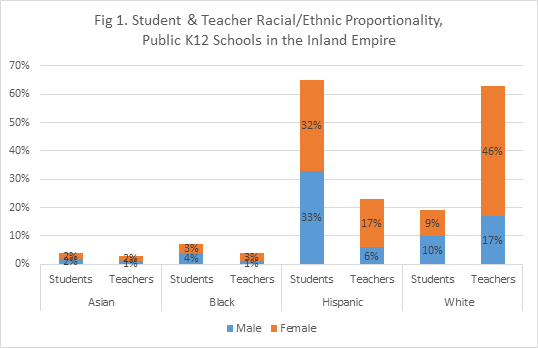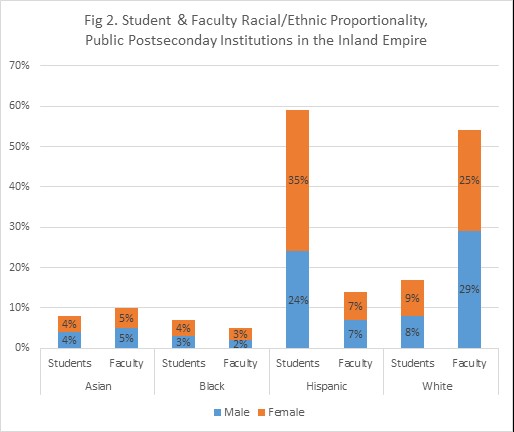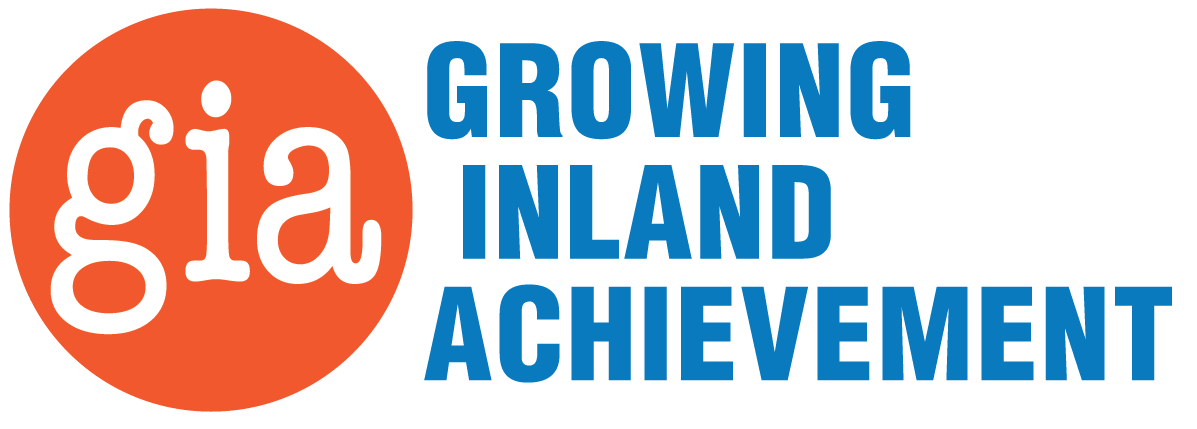action network teams
Equity
We define equity as fairness and justice for all in educational institutions across the Inland Empire. Equity is achieved by eradicating systemic barriers while building resources and intentional strategies so that historically marginalized individuals can reach their full potential for educational success, career attainment, and community excellence. With this definition in mind, the Equity ANT meets the third Wednesday of each month to plan and carry out initiatives in the Inland Empire aimed to significantly increase degree and certificate completion by reaching equity in attainment for all ethnic and gender groups. In turn, our historically under-represented residents will have economic opportunities to prosper in this region and negotiate future economic changes.
The Equity ANT has focused their efforts on three areas this past year: communications and outreach, development of an equity continuum tool, and efforts to diversify the teacher pipeline. A brief description of the work is presented below. For more detail on this work, please refer to the Equity ANT Tactical Plan.
Click an area below to jump to that section
1. Communications and Outreach
2. Equity Continuum Tool
3. Diversifying the Teacher Pipeline
Communications and Outreach
Every child can go to college. Starting in kindergarten, students should be told that they are worthy of attending college and that college is possible. Additionally, both students and parents should be aware of the resources available to them to make college a reality. To ensure these messages are loud and clear, the Equity ANT has prioritized the development of an inspirational campaign that will highlight the success stories of local students. This is particularly important as college-going rates for high school graduates in the Inland Empire is lower for students of color (see GIA’s College Career Readiness dashboard for the most recently available college-going rates).
This work is being advanced by the Inland Empire Black Student Success Collaborative (IEBSSC) working groups, hosted through California State University – San Bernardino. The IEBSSC is a collective impact project created to advance Black student success throughout the region. Members represent organizations such as the College Board, Growing Inland Achievement, OneFuture Coachella Valley, community colleges, business owners, and community members invested in the success of Black students. Updates are shared at each Equity ANT meeting. Please join us if you would like to learn more about these efforts!
Equity Continuum Tool
The Equity ANT is developing a formative assessment framework called the Equity Continuum. This tool is designed to support regional educational institutions to examine their current organizational culture and structure. Using the Equity Continuum, an institution will be able to surface and address inequities that exist for its stakeholders to ultimately eliminate racial, gender, and socioeconomic status biases. The tool fosters reflection on the experiences of key parties in the education system – students, faculty, staff, administration, and the overall organization. These experiences are considered on a number of dimensions like communication efforts, institution policy, culture, physical spaces, and more.
This work builds upon equity checklists, surveys, evaluations, and scorecards and focuses on providing organizations best next steps toward more equitable outcomes along a series of organizational equity dimensions (i.e., staffing, institutional language, access, support etc.). It moves beyond a “universalism” approach toward equity by focusing on the most impacted demographic groups first. Once the Equity Continuum is finalized, the tool will be shared along with suggested steps for organizations to use the continuum, reflect, and act on lessons learned. Interested partners should stay tuned for information regarding upcoming support for early adoption of the tool.
Diversifying the Teacher Pipeline
To promote equity in the region, the Equity ANT has prioritized increasing the number of instructors of color in educational institutions in the Inland Empire. Previous research has shown that when students of color receive instruction from teachers of color, the students benefit greatly, and this is especially true for boys of color, in terms of their social and emotional development and academic outcomes (i.e., improved math and reading, higher graduation rates, and increased interest in attending college).1,2,3 More teachers of color also benefit white students as well as the teaching profession as a whole, because new voices and insights can lead to creativity and educational innovation.4 This will ultimately help challenge systemic racism, and the implicit and explicit bias experienced by students of color throughout the K-12 system.
Although the benefits of this are clear, there is a need for more teachers of color in the Inland Empire. Like the rest of California,5 the demographic profiles of the K12 and postsecondary teaching populations in our region do not reflect the racial and ethnic diversity of the student population and larger community (see Figures 1 and 2). There are far more Hispanic students than instructors at secondary and postsecondary levels. Conversely, the proportion of white instructors is much greater than their representation in the student population. The proportion of Asian instructors matches or is slightly greater than the proportion of Asian student, whereas the proportion of Black instructors is smaller than the proportion of students.

Source: California Department of Education Dataquest, 2018-2019

Source: IPEDS, 2019
In an effort to close this gap in representation, the BLU Educational Foundation (BLU), California State University San Bernardino (CSUSB), and Riverside County Office of Education (RCOE) formed a partnership to develop and implement activities to diversify the teacher pipeline. The goal of the project is to recruit and prepare racially and ethnically diverse students to become teachers in the Inland Empire. Specifically, targeted outreach efforts have been implemented to recruit more men of color, particularly Black men, to become teachers. This will build an educator ecosystem6 that recognizes, encourages, and values diversity of voice and practice in an effort to dismantle systemic barriers and promote equitable outcomes.
During the 2020-2021 school year, eight candidates participated in a virtual Diversifying the Teacher Pipeline program. All participants have completed the necessary coursework and are eligible for employment once the required assessments are completed. The program is slated to support two more cohorts in the 2021-2022 and 2022-2023 academic years.
This project was supported by funds from the GIA Innovation Awards.
Check out this great content!
Many of our valued ANT team members are featured as guests on GIA’s podcast channels. Tune in and hear them talk about some of the educational challenges and opportunities facing the Inland Empire region and the tactical work that is being carried out by the network to drive transformation.
Sources
- Bristol, T.J. & J. Martin-Fernandez. 2019. The added value of Latinx and Black teachers for Latinx and Black students: Implications for policy. Policy Insights from the Behavioral and Brain Sciences 2019. Vol. 6(2) 1470153)
- Carver-Thomas, D. (2018). Diversifying the teaching profession: How to recruit and retain teachers of color. Palo Alto, CA: Learning Policy Institute.
- Miller, C. (2018). Does teacher diversity matter in student learning? New York Times. Retrieved from www.nytimes.com
- Ferlazzo, L. (2015). Response: The Teachers of Color ‘Disappearance Crisis’. Education Week.
- Matthews, K. (2021) Addressing California’s Educator Diversity Gap. UCLA Center for the Transformation of Schools.
- Warner, S., Duncan, E., Rivera, P., & Miller, C. M. (2019). A vision and guidance for a diverse and learner-ready teacher workforce. Pg. 9. Council of Chief State School Officers.

